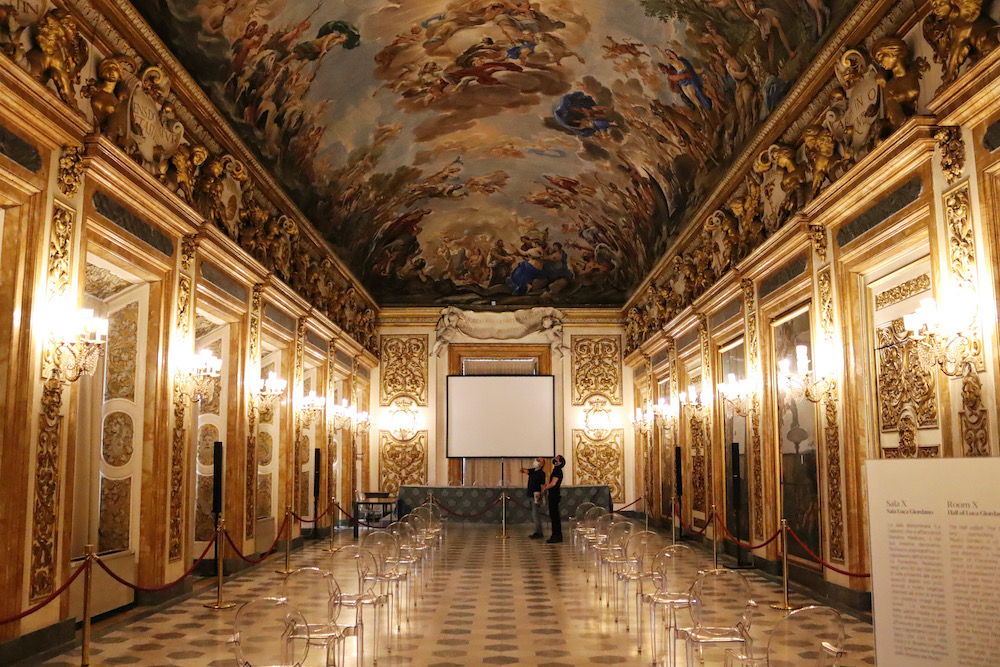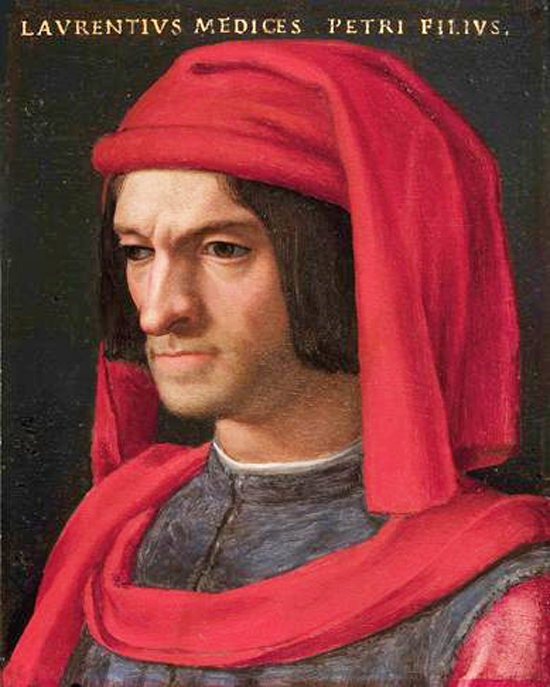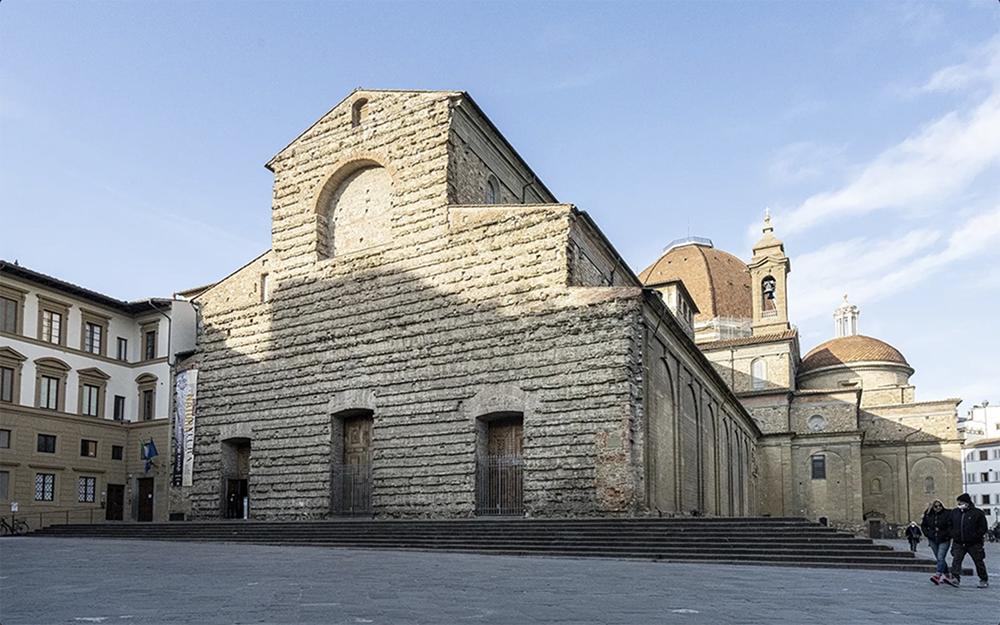If you ever found yourself in Florence, or Firenze as the locals call it, it was probably hard to miss the name of the Medici family. The story of how its three generations almost single-handedly influenced the prosperity of an entire city-state is still an interesting one, six centuries on. Some credit the Medicis for Florence’s rebirth – renaissance – even if the nature of their intention varies, depending on who you ask. But whatever that nature may be, the fact remains that culture, science and art flourished during the Medici’s time. It is during the years between 1397 and 1495 that we got some of the world’s most famous artworks – which you can still see in Florence today!
But how did the Florence Renaissance come to be?

Florence and the Medici – A Renaissance Story
Picture the Florence of the 1300s – one of the two republics on the Apennine Peninsula, otherwise accompanied by the Duchies, the papal state, or the kingdoms. A city-state proud of its democratic rules and a society deeply interested in all things intellectual, ever since the time of one Dante Alighieri (1265-1321). After blocking off and surviving several military attacks, Florence began thriving in the hands of two industries – wool manufacturing and banking. It also didn’t hurt that they had their own currency, florin, since 1252, which people used beyond the Republic’s borders as well due to its reliability.
Banking is actually where the Medicis come in. In 1397, Giovanni de’ Medici, the banker to the Papal Court, established headquarters in the city. The Medici Bank went on to become the largest in Europe at the time. This allowed the family to become very influential.
Here we should also imagine the general spirit of Florence in the late 1300s and early 1400s. As the city was essentially ruled by the wealthy merchants and members of the guild, a sort of competition started happening – a competition from which art and culture would benefit very much from. People used money to enjoy the joys of life, but also to show who can enjoy it better. And so, they built one glorious mansion after another villa, reconstructed cathedrals, commissioned works of art left and right.
The Medici Family
The Medici family certainly stood out, even among such strong competition. Although the aforementioned Giovanni de’ Medici fathered the dynasty and began the “trend” of vigorous funding of the arts, it was his son Cosimo (1389-1464) who really took it to the next level.

Exposed to arts and science since childhood, Cosimo de’ Medici went beyond his father’s patriotic dedication to patronage. The fact that he was also an apt businessman certainly didn’t hurt. With even more influence and political connections than Giovanni, Cosimo established the Medici power over Florence. While keeping the appearance of a democracy, he clearly ran things from behind the curtain.
The most interesting to me are his contributions to the arts, of course. It was Cosimo de Medici who got the great architect Filippo Brunelleschi to build the San Lorenzo church for the family. He had Fra Angelico decorate the Convent of San Marco. He founded the first public library in Europe – the Medicea, sponsored Paolo Uccello, and protected any artists who had fled Byzantium. His vast collection of art and artifacts was always open to the public too.
It is said that Cosimo di Medici died while listening to Plato’s Dialogues. He was buried with the highest honors.

Lorenzo de Medici
Although the Medicis were no monarchs, nor was Florence a monarchy, Cosimo’s son Piero inherited his father’s political responsibilities, but also his connections to the local art scene. His “reign” was a short one, only five years, after which his son Lorenzo took over, at barely twenty years old.
Lorenzo’s rule, however, was one of 23 years (1469-1492). During his time, Florence and its Renaissance reached their high. Lorenzo even earned the title “The Magnificent” for his dedication to art, science and philosophy. He created an academy to support scholars and artists. But perhaps his most important “achievement” is the part he played in turning Early Renaissance art from religious to more classical objects and depictions. A good example of this is Sandro Botticelli’s “Birth of Venus”, which was commissioned by Lorenzo de’ Medici, as well as works by Leonardo da Vinci or Michelangelo.

Humanism
Humanism actually represents one of the two very important aspects of the Renaissance. Coming from philosophy, it focuses on the human being and the rationale, rather than religion and its doctrines. The Greek and Roman learnings contributed immensely to the whole movement, placing humanity at the center of everything. Donatello could perhaps be the most significant figure of humanism within the Renaissance, with the first examples of large, freestanding statues like those from antiquity.
Perspective
Another important aspect of the Renaissance is, of course, perspective. Science, as it went hand-in-hand with art at this time, changed the way artists perceived depth of space. They now knew how to use geometry to create more faithful representations of a three-dimensional space. Among the first to do so was the person many call “the father of Renaissance architecture”, Filippo Brunelleschi. His revolutionary views then went on to inspire Giotto, and of course Leon Battista Alberti. Alberti went on to write a treatise on painting in 1435, titled “De pictura”. In it, we can find terms such as “linear perspective” and “vanishing point”.

End of an Era
The Medici family, or at least the significant impact they had on Florence and the Renaissance, ended with Lorenzo de’ Medici’s death in 1492. His son, Piero, did not get to “rule” long as King Charles VII of France invaded Italy and entered Tuscany. Let’s also not forget the anti-Medici and anti-Renaissance teachings of a radical priest named Girolamo Savonarola. He helped oust the family around the same time. Although the Medicis came back to Florence in 1512, their presence no longer meant the same thing to Florence, and they were officially “out” in 1527.
Regardless of your view of the Medici family and the ways they essentially ran the city-state of Florence, nobody can dispute their presence. You can feel it even today, if not directly then through the artworks and cathedrals that perhaps wouldn’t have been there without the Medicis. Think of the Dome of the Florence Cathedral, done by Brunelleschi. Or Fra Angelico’s frescos in the Church of San Marco. Or Donatello’s “David”, which can be found in the Museo Nazionale del Bargello. Even Michelangelo’s world-famous David, although it came a bit later, rides the waves of the Early Renaissance spurred by the Medicis.

Florence in Florida
Faith, Beauty, and Devotion: Medieval, Renaissance, and Baroque Painting Opens Sept 16 at Belen Jesuit Preparatory School in Miami
This fall, if you can’t make it to Florence, a large exhibition of art from the Medieval, Renaissance, and Baroque periods will come to you – or rather to Miami, FL. Assembled from a private collection, artworks by the likes of Tintoretto and Giovanni Battista Vanni are coming to America for the very first time.
“Faith, Beauty, and Devotion” opens this Fall at the Saladrigas Gallery at Belen Jesuit Preparatory School in Miami. It is being organized by Federico Gandolfi Vannini, a fourth-generation art dealer and owner of Frascione Arte in Florence, Italy, his wife Daisy Diaz, a native South Floridian as the Cultural Director of the Gallery, and Sylvie Daubar-San Juan, Humanities Department Chairperson and Director of the Olga M. & Carlos A. Saladrigas Art Gallery at Belen Jesuit Preparatory School.



